If you’re looking to add some flavor to your home-cooked meals, look no further than your windowsill. These 5 culinary herbs are easy to grow indoors, so you can have fresh herbs year-round.
So without further ado, let’s get started.
Why Grow Culinary Herbs Indoors?
There are many reasons to grow culinary herbs indoors. They can provide flavor to your cooking, they can be used as decorative plants, and they can be used to make homemade herbal remedies.
Herbs are relatively easy to grow indoors, and they dont require a lot of space. You can grow them in pots or in a windowsill garden. Start with a few of the most popular herbs, such as basil, oregano, rosemary, and thyme.
One of the best things about growing herbs indoors is that you can have them fresh year-round. Store-bought herbs can be expensive, and they often dont have the same flavor as fresh herbs. With a little bit of effort, you can have a steady supply of fresh herbs to use in your cooking.
Herbs can also be used to make homemade herbal remedies. For example, chamomile can be used to make a tea that can help with anxiety and insomnia. Rosemary can be used as a hair tonic. And lavender can be used to make a relaxation pillow.
What Are The Benefits Of Growing Culinary Herbs Indoors?
1. Growing culinary herbs indoors is a great way to have fresh herbs at your fingertips year-round.
2. Herbs grown indoors are also more aromatic and flavorful than those grown outdoors because they are not exposed to as many environmental stressors.
3. Culinary herbs can also purify the air in your home and act as a natural air freshener.
4. Growing your own herbs indoors is a great way to save money, as buying fresh herbs can be expensive.
5. Indoor herb gardens are also low-maintenance and easy to care for.
What Are The Best Culinary Herbs To Grow Indoors?
1. Rosemary
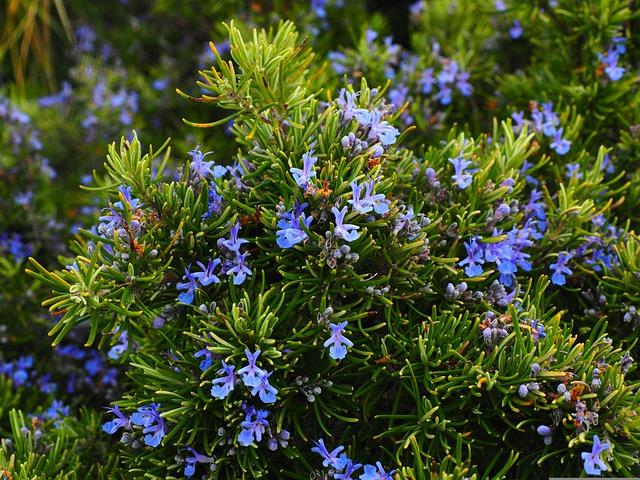
Rosemary is a popular herb used in cooking. It has a strong, pungent flavor and is often used to flavor meats and vegetables. Rosemary can be used fresh or dried, and is available year-round. When using fresh rosemary, be sure to remove the leaves from the stem before cooking. To dry rosemary, simply remove the leaves from the stem and place them on a paper towel. Allow the leaves to air dry for a few days, then store them in an airtight container.
2. Thyme
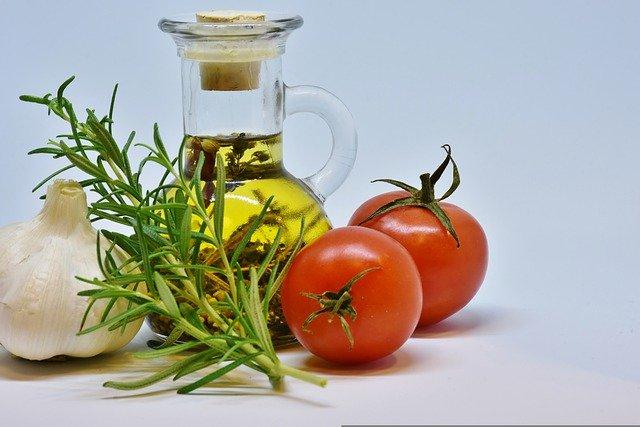
Thyme is a versatile herb that can be used in many different dishes. Try adding thyme to chicken, fish, or vegetables. It can also be used to flavor soups, stews, and sauces. Thyme is a good source of antioxidants and has anti-inflammatory properties. It can also help to boost your immune system.
3. Sage
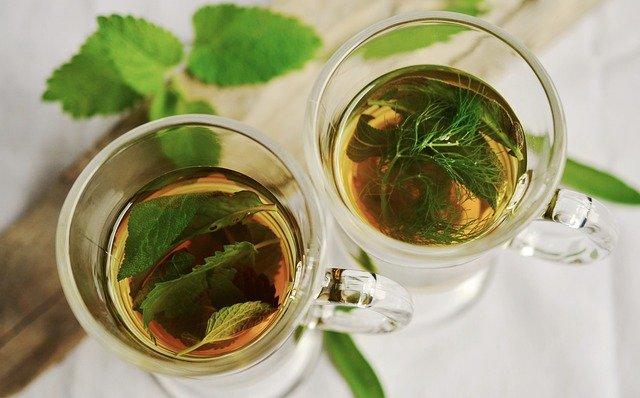
Sage herbs are a great addition to any kitchen. They have a strong flavor that can enhance any dish. Sage is also a very versatile herb. It can be used in savory or sweet dishes. Sage is a great herb to use in poultry or pork dishes. It can also be used in soups and stews. Sage is also a good herb to use when making stuffing. If you are looking for a sage herb that is a little bit sweeter, try using sage in a fruit or vegetable dish. Sage goes well with apples, pears, and carrots. Sage can also be used in a dessert. Try using sage in a cake or cookie recipe.
4. Oregano
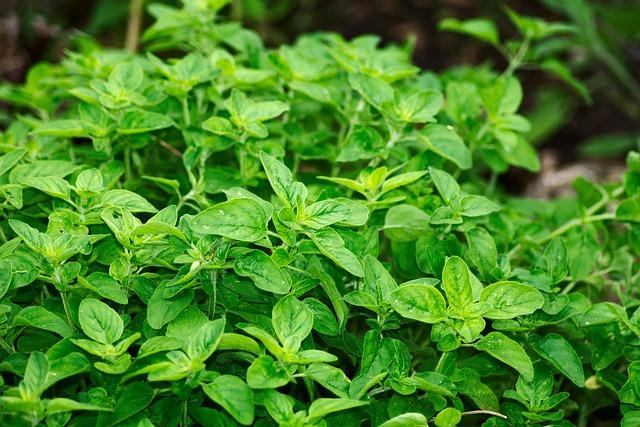
Oregano is a versatile herb that can be used in a variety of dishes, from pasta and pizza to chicken and fish. Oregano is a member of the mint family and has a pungent, earthy flavor. It is available fresh, dried, or ground. When using fresh oregano, use it sparingly as it is more potent than dried oregano. Oregano is a good source of vitamins A and C, iron, and fiber.
5. Mint
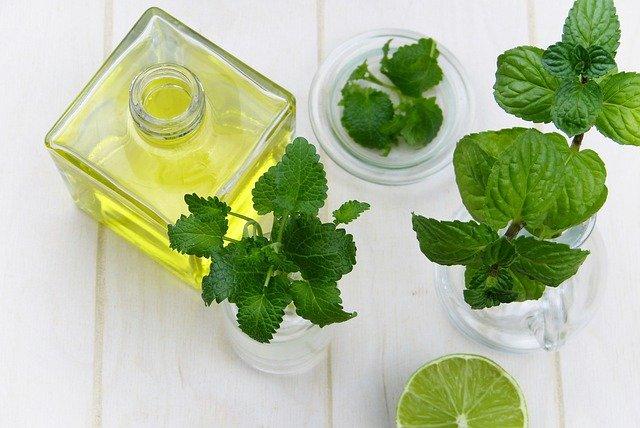
Mint herbs have a refreshing, cooling flavor that is perfect for summertime cooking. Add them to salads, grilled meats, or drinks for a flavor boost. Mint is also a great way to add color to your dishes.
What Are The Best Ways To Use Culinary Herbs?
1. To flavor food
One of the best ways to use culinary herbs is to flavor food. Herbs can be used to add flavor to any dish, from savory to sweet. There are many ways to use herbs to flavor food, such as adding them to a dish while cooking, using them as a garnish, or infusing them into oil or vinegar.
2. To make herbal teas
Another great way to use culinary herbs is to make herbal teas. Herbal teas are a delicious and healthy way to enjoy the flavor of herbs. They can be made with fresh or dried herbs, and can be flavored with fruits, spices, or honey.
3. To make infusions
Infusions are a great way to extract the flavor of herbs without adding any heat. This makes them ideal for delicate herbs that might be damaged by cooking. Infusions can be made with fresh or dried herbs, and can be used to flavor food, or made into a tea.
4. To make extracts
Extracts are a concentrated form of the flavor of an herb, and can be made with fresh or dried herbs. They are typically used in baking, and can be added to dishes to give them a boost of flavor.
5. To make potpourris
Potpourris are a great way to enjoy the scent of herbs, and can be made with fresh or dried herbs. They can be used to fragrance a room, or made into sachets to scent linens.
Expert Ideas
-Plant herbs in small pots or containers and place them near a sunny window.
-Water herbs regularly and fertilize them every few weeks.
-Harvest herbs as needed and use them in cooking or to make herbal teas.
-Dry or freeze excess herbs for future use.
Bonus Tip
My top tip when it comes to growing culinary herbs indoors is to make sure that you have plenty of light. Herbs need at least six hours of sunlight per day, so a south-facing window is ideal. If you don’t have a south-facing window, you can supplement with grow lights.
Frequently Asked Questions
What are the best culinary herbs to grow indoors?
This is a great question with no definitive answer. Different herbs thrive in different indoor conditions, so it really depends on your specific situation. However, some of the most popular culinary herbs to grow indoors include basil, oregano, thyme, rosemary, and sage.
What kind of pot should I use to grow my herbs indoors?
Again, this will depend on the size and type of herb you are growing. A small pot that is 4-6 inches in diameter should be sufficient for most herbs. If you are growing a larger herb, such as rosemary, you may need a pot that is 8-10 inches in diameter. Be sure to use a pot with drainage holes to prevent your herbs from becoming waterlogged.
What type of soil should I use for my indoor herbs?
Herbs need well-drained, nutrient-rich soil in order to thrive. You can either purchase a pre-made herb garden soil mix, or you can make your own by mixing together equal parts potting soil, compost, and sand.
How often should I water my indoor herbs?
Water your herbs when the soil feels dry to the touch. Be careful not to over-water, as this can lead to root rot. When in doubt, it is better to err on the side of too dry rather than too wet.
How much sunlight do indoor herbs need?
Most herbs need at least 6 hours of sunlight per day in order to thrive. If you do not have a spot in your home that gets that much direct sunlight, you can also grow herbs under grow lights.
What are some common problems with growing indoor herbs?
The most common problems with growing indoor herbs include over- or under-watering, insufficient sunlight, and poor drainage. Be sure to research the specific needs of your herbs before you start growing them, and pay close attention to the signs they give you about their care. With a little love and attention, your indoor herbs should thrive!
Conclusion
If you’re looking to add some flavor to your cooking, why not grow your own herbs indoors? With a little care and attention, you can have a thriving indoor herb garden that will add flavor and interest to your cooking. So why not give it a try?
Michelle Wilde
Related posts
1 Comment
Leave a Reply Cancel reply
![]()
About Michelle Wilde
Michelle Wilde is a stay-at-home mom and avid plant lover. Armed with a post-graduate degree in Computer Science (no kidding!), she loves researching plants and landscapes. When she is not caring for her 4 kids, she spends time on her passion for plants. She blogs at www.indoorplantschannel.com, the trusted source for indoor plants.
Learn more
Subscribe
* You will receive the latest posts and updates about indoor plants!
Search
Recent Posts
Categories
- Beginner Guides (10)
- FAQ (206)
- General (2)
- How-To Guides (212)
- Indoor Plants (214)
- Pest Management (2)
- Plant Problem Solutions (4)
- Seasonal Growing (2)
- Specialized Environments (2)
- Specific Plant Care (3)
- Technical Growing (2)
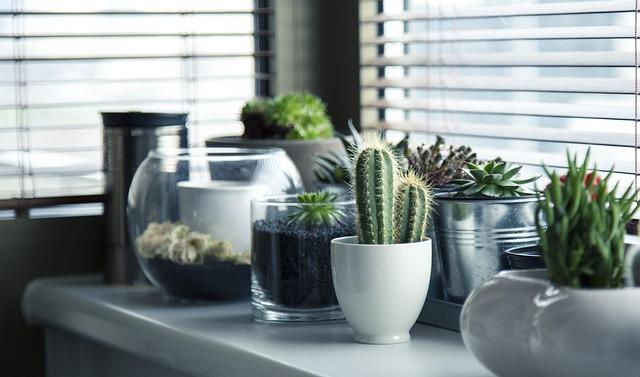
[…] hanging planters are also a practical choice for those who want to grow herbs but don’t have a traditional garden. They provide an easy way to get started with herb […]